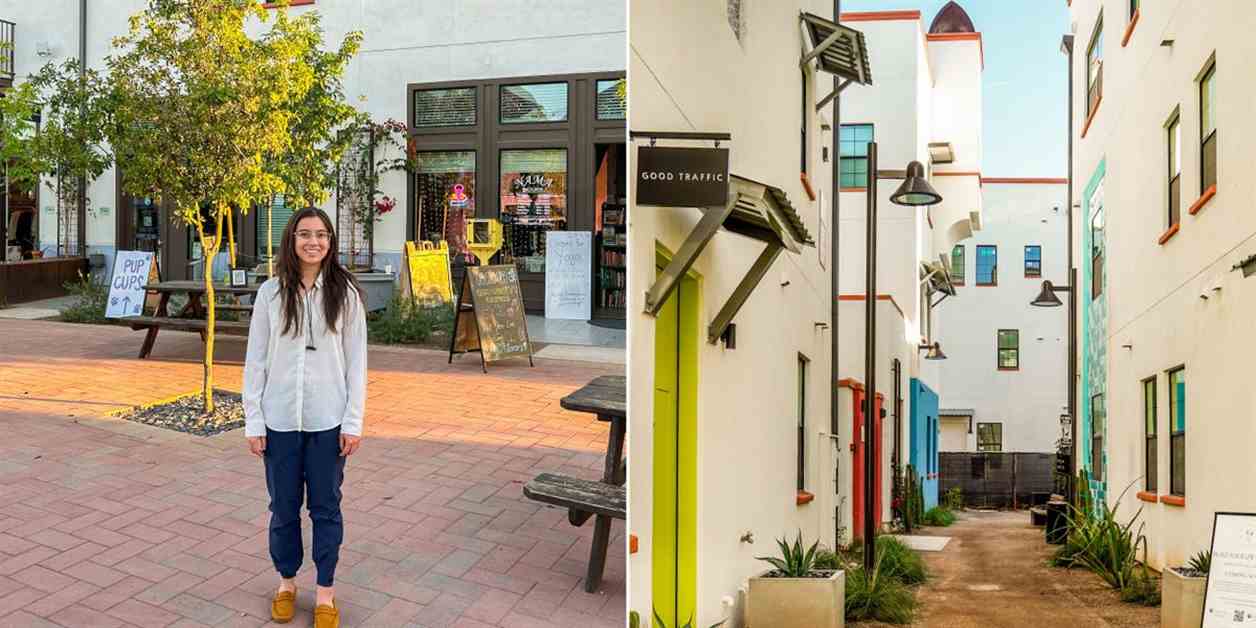Arizona is known for its scorching summers, with temperatures often exceeding 110 degrees Fahrenheit. In 2022, nearly 400 people in Maricopa County lost their lives due to heat-related conditions. The extreme heat can also cause severe burns from contact with outdoor surfaces that can reach temperatures as high as 180 degrees Fahrenheit.
In response to the heat-related challenges in the region, Culdesac, a car-free community in Tempe, was established. This innovative neighborhood is designed to combat the high temperatures and create a cooler living environment for its residents. Unlike traditional urban areas, Culdesac was built without asphalt, which tends to absorb and retain heat. Instead, alternative materials such as pavers and decomposed granite were used to ensure that the neighborhood stays cooler.
The layout of Culdesac is also carefully planned to maximize shade. Buildings are strategically positioned to provide sun coverage, and more than 50% of the area is dedicated to open spaces filled with plants that offer additional shade. The choice of trees, such as palo verde, further contributes to the overall cooling effect of the neighborhood. Additionally, the buildings in Culdesac are painted white to reflect sunlight, reducing heat absorption and making them more energy-efficient.
During a visit to Culdesac, it was noted that the neighborhood felt significantly cooler compared to the surrounding areas. CEO and co-founder Ryan Johnson highlighted four key factors contributing to this cooling effect: the pavement materials, building layout, landscaping, and color choices. With these thoughtful design elements in place, Culdesac has successfully created a livable space even in the midst of Arizona’s hot climate.
The innovative approach taken by Culdesac in addressing the challenges of extreme heat showcases the potential for sustainable and comfortable living in arid regions. By prioritizing shade, alternative materials, and energy-efficient design, Culdesac has set a precedent for future developments seeking to mitigate the impacts of rising temperatures. As the effects of climate change continue to be felt across the globe, initiatives like Culdesac serve as a model for creating resilient communities that prioritize both human comfort and environmental sustainability.
In conclusion, Culdesac’s efforts to create a cooler, car-free neighborhood in the midst of Arizona’s scorching summers demonstrate the power of innovative design in addressing climate-related challenges. By incorporating elements such as shade, alternative materials, and reflective surfaces, Culdesac has succeeded in providing a comfortable and sustainable living environment for its residents. As we look towards a future where extreme temperatures are becoming more common, initiatives like Culdesac serve as a beacon of hope for creating resilient communities that prioritize both human well-being and environmental stewardship.


